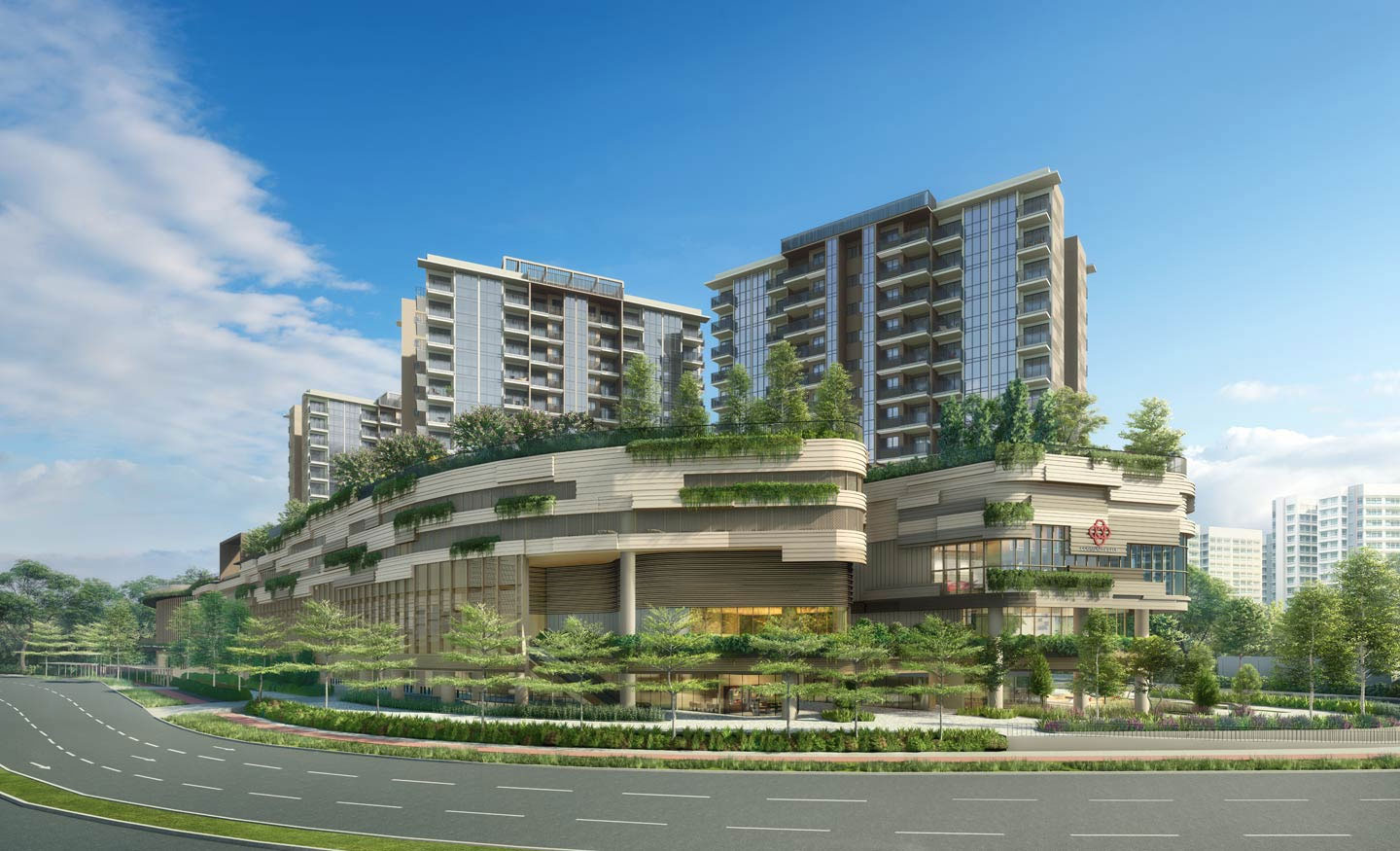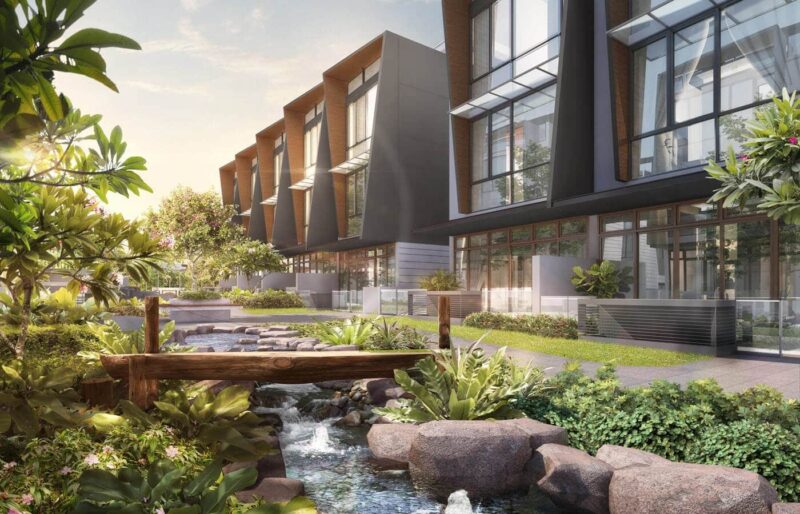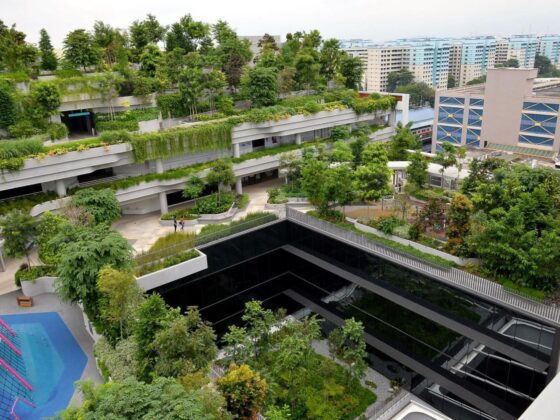Singapore’s urban landscape is evolving into a model of mixed-use efficiency, where residential, retail, and commercial spaces coexist seamlessly. Integrated retail—shopping and dining spaces directly connected to homes and offices—has become a defining feature of modern property development.
Thomson Modern exemplifies how this concept enhances both lifestyle quality and property value. Developments that combine living convenience with retail access are now among the most sought-after in the city, appealing to residents, investors, and businesses alike.
1. Convenience and Lifestyle Appeal

Integrated retail developments redefine convenience for urban residents. With supermarkets, cafés, and essential services located just steps from home, daily life becomes smoother and more efficient. Buyers appreciate the ability to live, shop, and relax within the same environment, reducing travel time and improving work-life balance.
This lifestyle integration is especially attractive in Singapore’s fast-paced setting, where convenience directly influences property demand. Families benefit from easy access to schools and groceries, while professionals enjoy proximity to fitness centers and restaurants.
Developments with integrated retail spaces also foster community interaction. Shared areas like plazas and courtyards create natural meeting points that encourage social engagement. These lifestyle advantages strengthen buyer satisfaction and long-term occupancy.
2. Economic Impact and Property Value

Integrated retail is not just about convenience—it’s a powerful economic driver. Retail spaces within residential projects enhance foot traffic and business activity, benefiting both residents and commercial tenants. This ecosystem increases the overall vibrancy of the development and surrounding neighborhood.
Properties linked to retail clusters tend to maintain higher resale and rental values. The presence of established brands or well-curated dining options adds prestige, drawing interest from both local and foreign buyers. For investors, this mix of residential and retail use provides multiple income streams and stability in fluctuating markets.
Projects like Thomson Modern illustrate how integrated design enhances overall property performance. The blend of living, leisure, and retail elements creates self-sustaining micro-communities that remain attractive to tenants and investors over time.
3. Smart Urban Planning and Sustainable Growth

Singapore’s government actively supports integrated developments through strategic zoning and transport connectivity. The goal is to create compact, self-sufficient districts that reduce commuting and encourage local spending. Proximity to MRT stations and major transport hubs further strengthens the success of these projects.
Integrating retail spaces also aligns with sustainability goals. When residents can shop or dine nearby, reliance on private transport decreases, reducing carbon emissions. Developers now include green spaces, energy-efficient lighting, and eco-friendly materials within retail areas to enhance long-term sustainability.
This approach represents the future of urban planning—densely connected communities designed for accessibility, efficiency, and comfort. It’s a model that continues to boost Singapore’s reputation as a world leader in livable city design.
Conclusion
Integrated retail has become a cornerstone of Singapore’s real estate growth. It elevates convenience, drives economic activity, and enhances long-term property value. By combining modern living with accessible retail, these developments create sustainable and thriving communities.
Projects like Thomson Modern demonstrate how thoughtful integration can redefine city living. They show that the best real estate developments don’t just build homes—they build ecosystems where lifestyle, business, and community flourish together.


